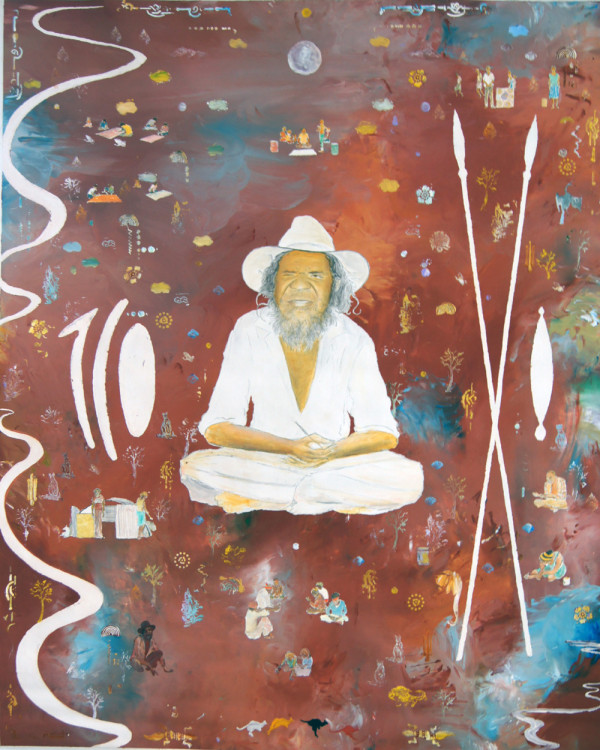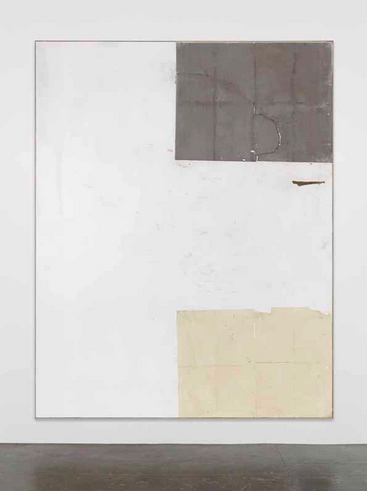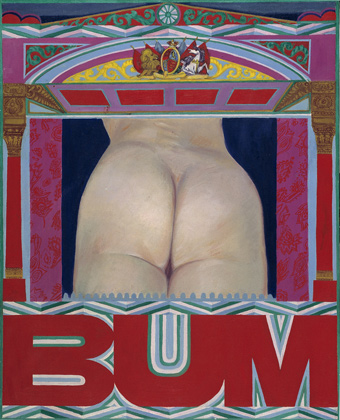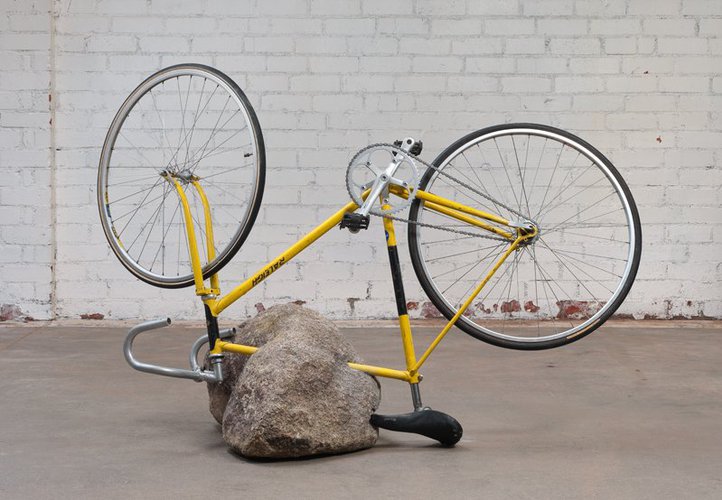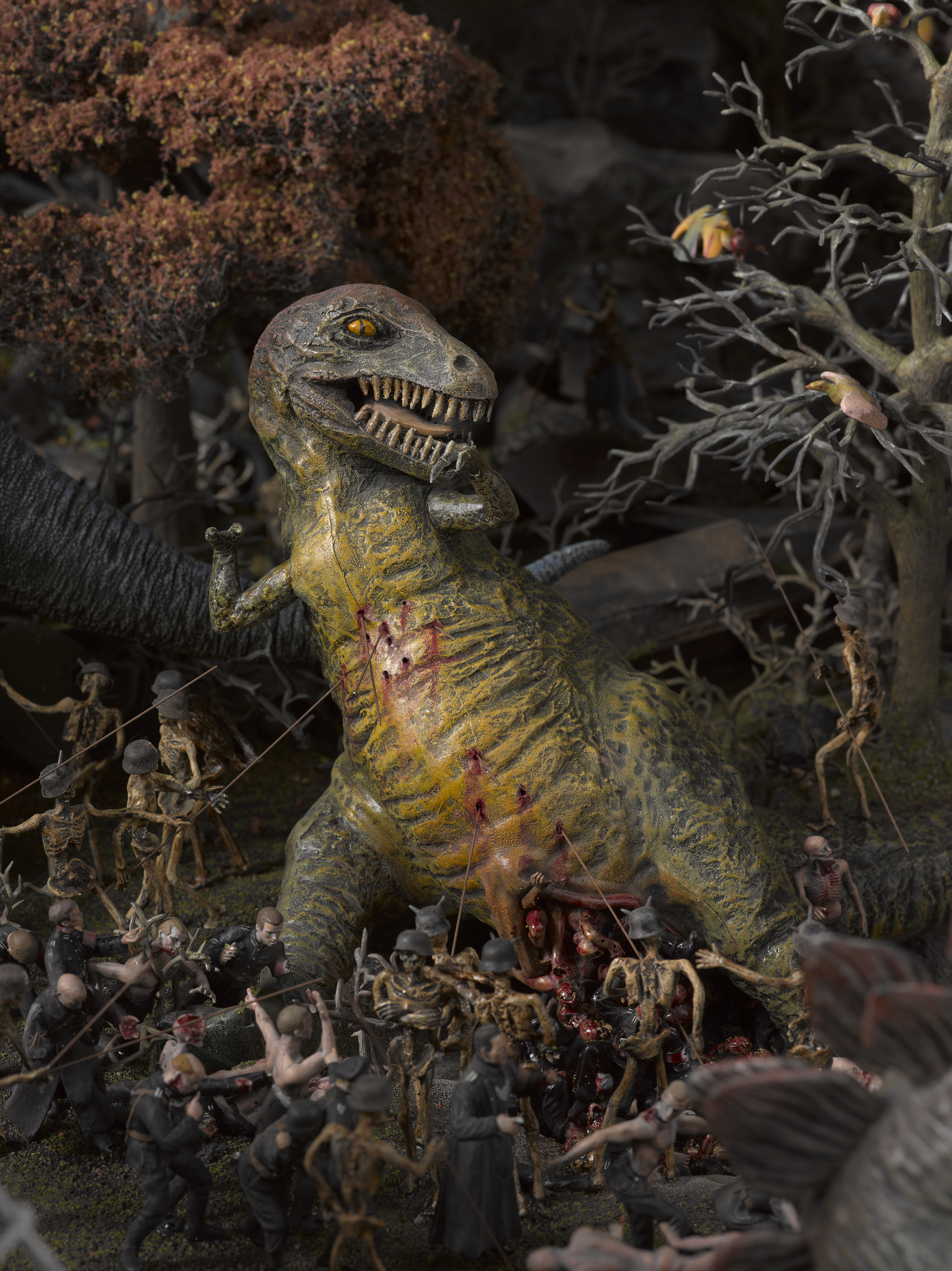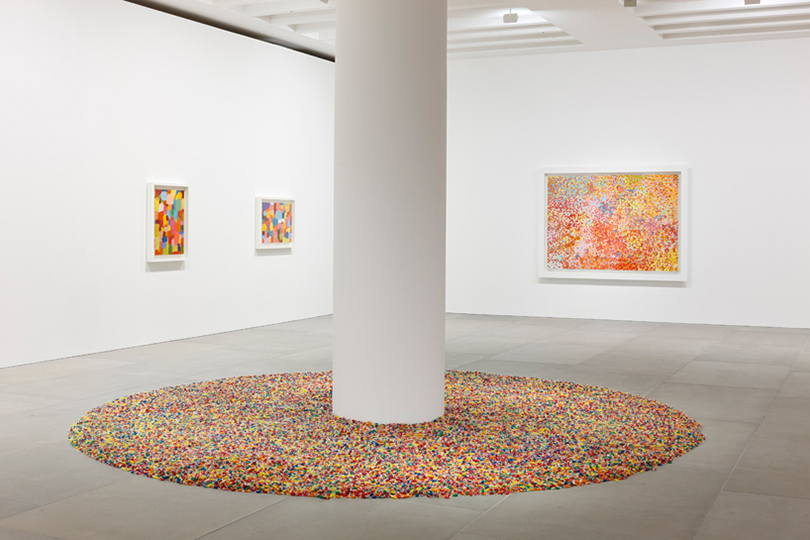TIM JOHNSON – THE LUMINESCENT GROUND
2013-12-09Early works in this exhibition include ‘installation’ photography and text pieces made during a trip to England, France, Germany and the Netherlands during 1970–1971, photographic documentation of performances, and paintings and video inspired by Australian punk band Radio Birdman. The paintings with which Johnson came to prominence during the 1980s, arising out of collaborations with aboriginal artists such as Clifford Possum Tjapaltjarri, are key to our understanding of his artistic practice overall, and the spirit they embody continues to inform his new and recent work.
Now Johnson’s paintings are an extraordinary combination of influences and references. They are populated by Buddhist deities, Bodhisattvas, Native Americans as well as aboriginal figures, Tibetan monks, Vietnamese farmers, extra-terrestrials and Christian angels, floating in a pictorial space articulated by Papunya dots and circles, and fragments of landscape – often oriental hills and cloudy skies – that betray a world view that is at once conceptual and visionary. Johnson’s work can be contextualised within a postmodern narrative, with an appropriation of motifs from diverse cultural sources demonstrating a release from aesthetic purism, and a generosity of spirit, whereby Johnson, in many recent paintings,
invites others to join him in the creation of an artistic gesture.
Buddhist images come courtesy of Nava Chapman, a self-styled “artist, teacher, dreamer, seeker. Slave to Love and Beauty,” while the ongoing UFO series orbits around space craft meticulously drawn by American artist Daniel Bogunovic, with Johnson providing cosmic backgrounds. Questions of artistic authorship, of art and exactly what it means are dwarfed by considerations of known unknowns, by illuminating leaps of faith.
Opposite – Clifford Possum (2002)
Exhibition runs through to February 9th, 2014
Ikon Gallery
1 Oozells Square
Brindleyplace
Birmingham
B1 2HS
